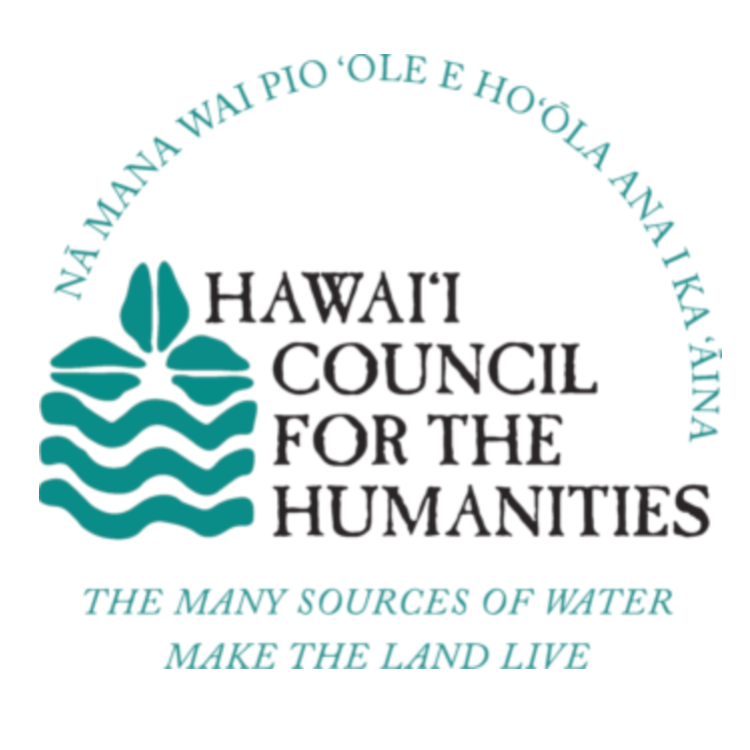Mālama Our History, Mālama Our Community
Hawaiʻi History Day Central District Spotlight Video
Fumiko Yamada
We are grateful to Fumiko Yamada for sharing some of her stories with us and for reminding us the fullness and wealth in passing on our history to our youth. Fumiko, a teacher at Mililani ʻIke Elementary School, has been doing History Day as a way to give to the community. In this video, she shares her experiences working with students and teachers, and how studying history helped her sons get a more comprehensive understanding of the world. Educators, like Fumiko, know that as young people are studying our history they are also making their own. We look forward to all their future stories!
Mahalo piha to Co Creative Studios, Jana Park Moore and Vince Keala Lucero for creating our Mālama Our History, Mālama Our Community Hawaiʻi History Day District Spotlight Videos. Thank for all your work bringing these beautiful stories to life. We especially appreciate your commitment to setting COVID-19 safe protocols, keeping all interviewees and film crews cared for and safe.
Hawaiʻi History Day Central District 2021 Results and Student Projects
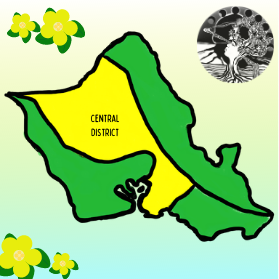

Click below to see the results for the Hawaiʻi History Day 2021 Central District Fair.
***Please note that these results are in no particular order, but are projects that will advance to the Hawaiʻi History Day State Fair. This year, we have also featured our student projects from Central District Fair on a Padlet Page. To see all results from Central District and student projects from the Hawaiʻi History Day 2021 Central District Fair, click below.
- 2021 Central District History Day Fair Results (Printable)
- 2021 Central District Fair Student Projects
More Stories from Central District
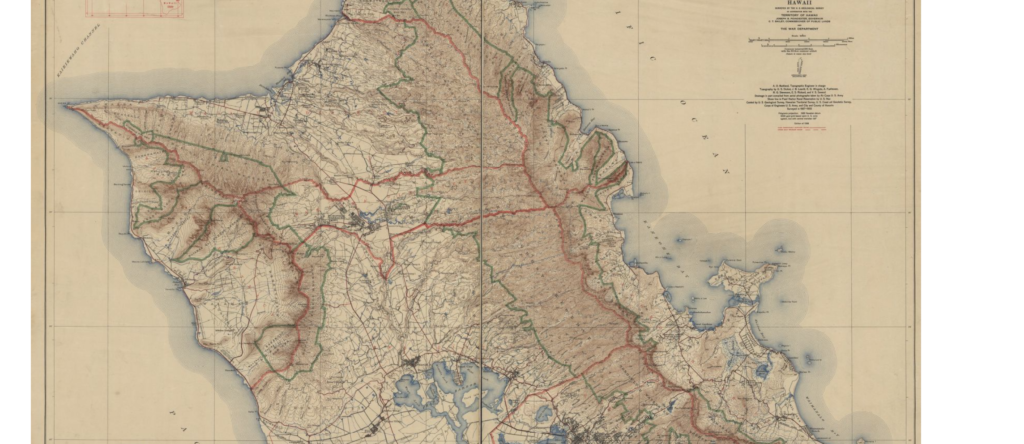
The Central District, on the island of Oʻahu, is one of the largest geographical Hawaiʻi Department of Education (HIDOE) districts on the island stretching from Pearl Harbor to Haleiwa, spanning 3 moku (ʻEwa, Waiʻanae, and Waialua) and 19 ahupuaʻa nestled between the Koʻolau and Waiʻanae mountain ranges. As is true for all regions of Hawaiʻi, this area has a rich and storied history going back well more than a thousand years
The Kūkaniloko birth stones, historically reserved for the birth of aliʻi children, are located in Wahiawā and considered the piko—the center—of the island of Oʻahu.
John Kaneiakama Papa ʻĪʻī
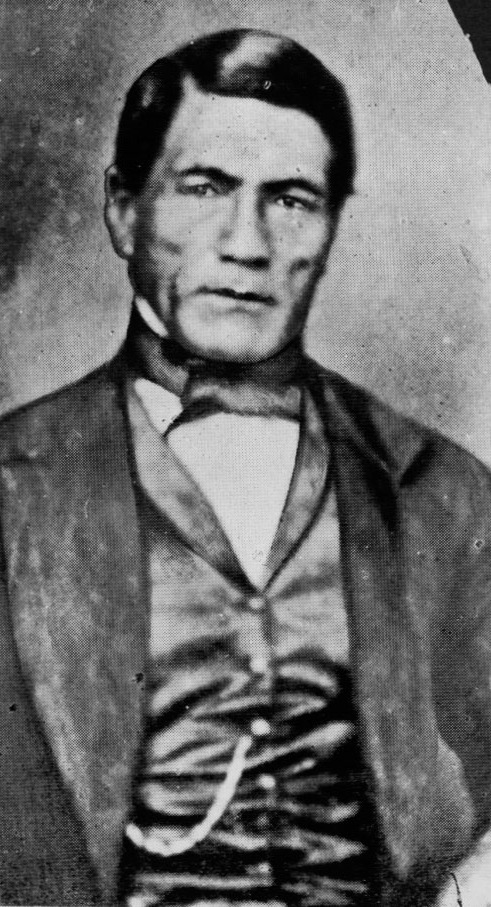
Celebrated 19th century Kanaka ʻŌiwi scholar, politician, and educator John Kaneiakama Papa ʻĪʻī was born in Waipiʻo, Oʻahu near the fishpond Loko Hanaloa in 1800. His love for the place of his birth was well known, and by the end of his life, John Papa ʻĪʻi owned Waipiʻo ahupuaʻa in its entirety. It is also interesting to note that his home in Honolulu, located roughly where the Kamehameha statue in front of Aliʻiōlani Hale now sits, was called Mililani Hale, where he died in 1870. By coincidence or design, Mililani Town was built in Waipiʻo ahupuaʻa roughly 100 years after ʻĪʻī’s death.
The First Time There Was Rail on Oʻahu

From 1889-1947, the Oʻahu Railway and Land Company operated a rail line that ran from Honolulu across the ʻEwa plain through to the Waiʻanae coast and all the way to Haleiwa (giving rise to the Haleiwa Hotel, opened in 1899, from which the town took its name) and Kahuku.
Ke Awalau o Puʻuloa
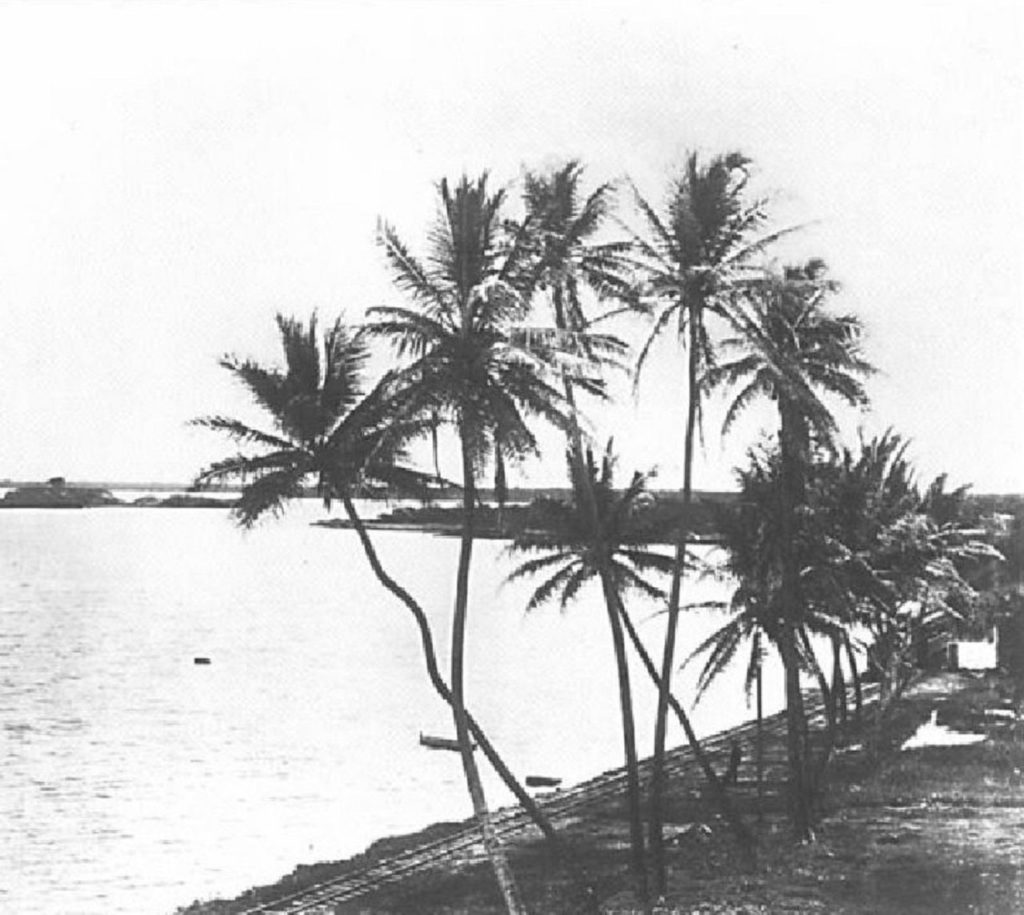
Ke Awalau o Puʻuloa, also known as Pearl Harbor, was once renowned for its abundant natural resources. The lowlands were filled with cultivated taro and the fisheries could yield up to 81,935 pounds of fish on an annual basis. Farther inland, heading into the valleys, sweet potato and banana crops were plentiful. From the 1870s, the U.S. Navy began using Puʻuloa as a port, but it was not until 1899, after the overthrow of the Hawaiian Kingdom, that an official base was established. More commonly known, Pearl Harbor (along with Hickam Air Force Base, Wheeler Air Force Base, Bellows Air Force Base, Kaneohe Marine Base, and Barber’s Point) was attacked by Japanese Imperial Forces on December 7, 1941. 2458 people died on that day and 1143 were wounded. For more of this history, please visit Pacific Historic Parks.
Industrial Agriculture in Hawaiʻi

In the 1870s, much of what is now the DOE Central District had become vast fields of sugarcane and pineapples. Much of contemporary Hawaiʻi cultural and social history is tied to the plantation culture that developed from this cultivation, including the importing of laborers and workers from China, Japan, Okinawa, the Philippines, Portugal, Korea, and Puerto Rico. One hundred years later, many of these agricultural fields were transformed into planned communities, like Mililani and Mililani Mauka. Located in the HIDOE Ewa District, you can found out more about this history by visiting Hawaiʻi’s Plantation Village.
This a brief glance into the history of this region. It is the history of large events that changed the lives of thousands, but history is also comprised of intimate stories that offer us connection to our ancestors, to our family, to our communities. In the spirit of mālama our history, mālama our community, we invite you to share your community stories. Our elders are living story books. Ask them to tell you a story.

We would like to express our sincere gratitude to Mililani High School (our venue for the Central District Fair 2020), Pacific Historic Parks (our Community Partner for Central District Fair 2020), and all of our students, teachers, families, judges and other volunteers in the Central District community.
*A note on the Hawaiʻi History Day Fair photographs included in this section—all photographs were taken prior to the COVID-19 Pandemic. We look forward to the day when we’re able to meet together and take photos of everyone in all their beautiful mask-less glory.
*Quite a few online resources were consulted while constructing this brief history of the Central District. You can find links above, but of particular note is the ground breaking humanities scholarship of Marie Alohalani Brown in her book, Facing the Spears of Change: The Life and Legacy of John Papa ʻĪʻī and Kyle Kajihiro in his Master’s thesis, Becoming ʻPearl Harbor’: A ʻLost Geography’ of American Empire. Both of these works generously share some of the often overlooked histories of our islands.
